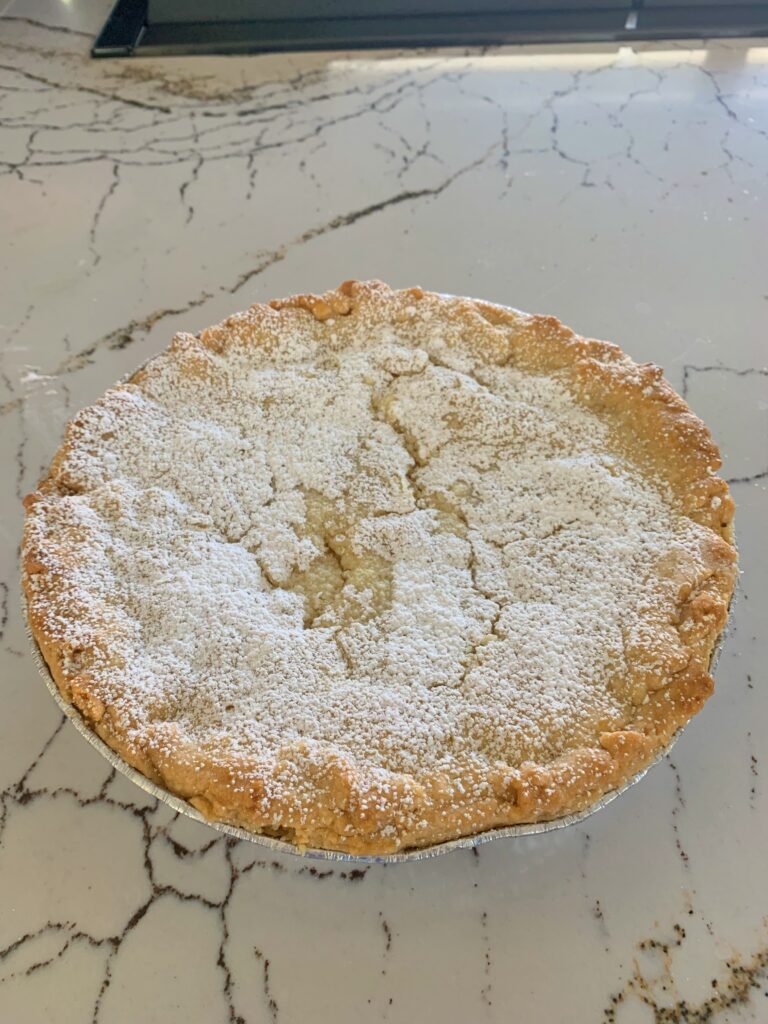Cleopatra Mini Series 1999
I recently rewatched the mini-series “Cleopatra” made in 1999. This dramatic rendition of Cleopatra’s life and career as ruler of Egypt was very interesting in how it portrayed the queen and her power. I took a class about Cleopatra in the fall and it was an overwhelmingly common theme in both historical texts and modern renditions of Cleopatra’s life to oversexualize her as a woman in power and underplay her accomplishments.
To start, the cover image of the first season shows Cleopatra laying on her side, surrounded by flowers, half-naked and only covering herself by her own hands. This image is seen before you even begin to watch the mini-series, and already it gives the impression that Cleopatra is highly-sexual and provocative rather than a powerful and respected queen. It was interesting to me that this was the cover photo given that in the show she actually knows nothing about sex and has to seek advice from a sex counselor to learn information.
The actress who plays Cleopatra, Leonor Varela, is from South America, specifically Chile. This is not historically accurate as Cleopatra was of African descent. However, in comparison to other films about her, where she is played by white actresses, the choice to cast a person of color was definitely purposeful and an attempt to correct the past portrayals of her appearance and background. Many historical authors have tried to paint the narrative that Cleopatra had “no egyptian blood” to discredit her as the ruler of Egypt, however, her actual ancestry shows that she was Egyptian and rightfully ruled there.
When the series starts and we are first introduced to Cleopatra, she is shown as an innocent child, dependent on others, and immature. As the series goes on, we see her grow into the powerful leader we know her as. She learns how to use her beauty and charm to her advantage politically. We see her gain strength and confidence as a ruler, challenging the powerful men who underestimate her.
The relationship between Caesar and Cleopatra has always been a controversial topic. Historians disagree on many things: Did they love each other? Did Cleopatra manipulate Caesar, using him as a way to gain power and for the protection he was able to provide her with? Many have portrayed Cleopatra in the context of her relationship with Caesar as a master manipulator, seducing him as a means to benefit her politically. This series, however, depicted Cleopatra as having genuine feelings for Caesar. There were moments where we could see that Cleopatra was using her sexuality as a tool for survival and as a way to gain influence, but it became clear in the series that she did genuinely love Caesar. When she first seduces him, it seems as though she is doing it as a survival technique, securing her position in power and benefitting from his protection. However, as the series progresses, it is clear that she loved him and that, if anything, his feelings for her were not genuine. His wife is played by a much older actress, giving us the impression that he was just having meaningless affair with a younger woman. In the series, after their affair began, he did not write to her or visit her for 9 months until he sent for her claiming her gifts were “spoils of war.” It seems he felt he had an obligation to her and their child, but that he did not have a genuine love for her. This was especially interesting to me as it counters many of the other interpretations I have seen of their relationship.

